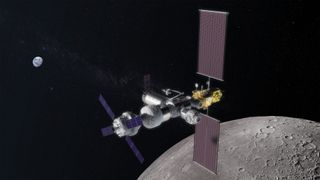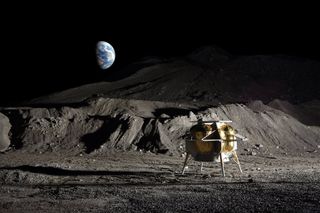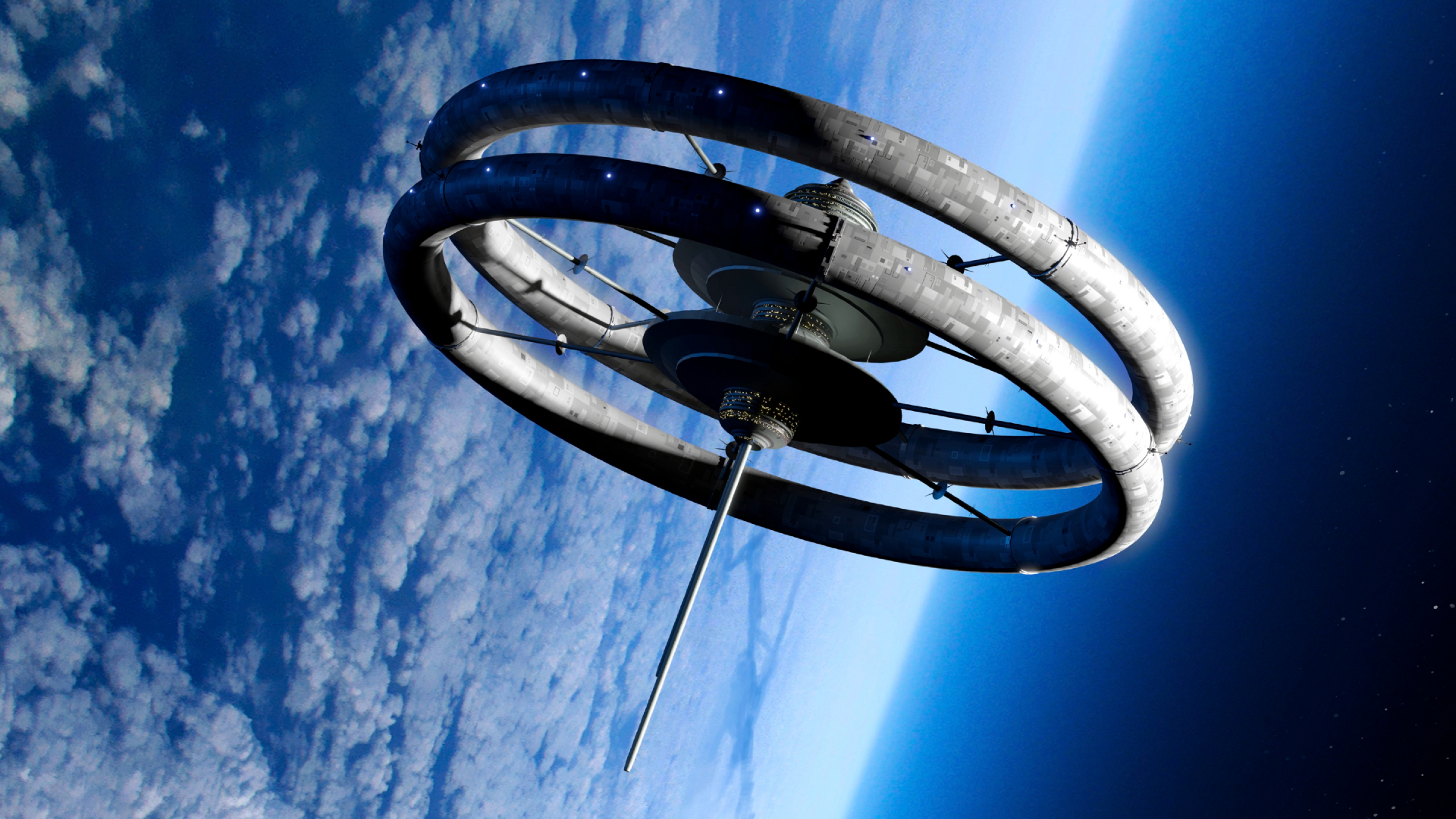JoAnna Wendel is a freelance science writer living in Portland, Oregon. She mainly covers Earth and planetary science but also loves the ocean, invertebrates, lichen and moss. JoAnna's work has appeared in Eos, Smithsonian Magazine, Knowable Magazine, Popular Science and more. JoAnna is also a science cartoonist and has published comics with Gizmodo, NASA, Science News for Students and more. She graduated from the University of Oregon with a degree in general sciences because she couldn't decide on her favorite area of science. In her spare time, JoAnna likes to hike, read, paint, do crossword puzzles and hang out with her cat, Pancake.
Latest articles by JoAnna Wendel
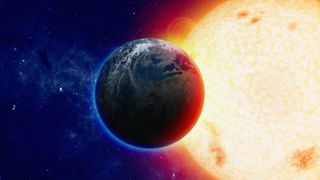
When will the sun die?
By JoAnna Wendel last updated
Reference Here we explore why our sun won't live forever and what will happen when it finally runs out of fuel.
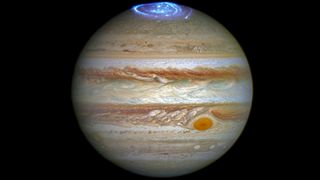
Jupiter: A guide to the largest planet in the solar system
By Charles Q. Choi last updated
Reference Jupiter is the biggest planet in the solar system and has 79 moons. Learn more about the gas giant in our ultimate guide.
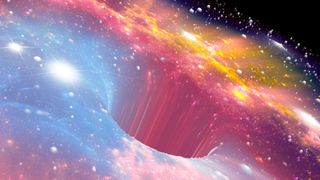
Wormholes might bend light like black holes do — and that could be the key to finding them
By JoAnna Wendel published
If wormholes exist, they might magnify distant objects according to Einstein's theory of relativity — and that makes it possible for us to find them, new research suggests.
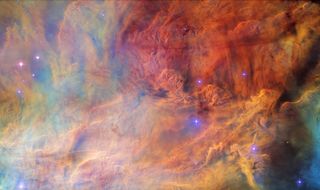
Lagoon Nebula shines in gorgeous new Hubble image
By JoAnna Wendel published
Scientists using the Hubble Space Telescope to hunt for protoplanetary discs more than 4,000 light-years away were treated to a rainbow smokescreen filled with stars.
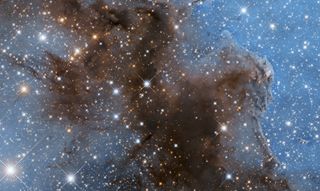
Carina Nebula twinkles in gorgeous new view from Hubble (photo)
By JoAnna Wendel published
Twinkling stars blanket this new view of the Carina Nebula, a vast cloud of dust and gas that lies 7,500 light-years from Earth.
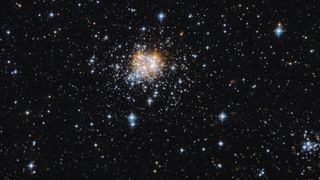
Hubble telescope spots magnificent open star cluster 160,000 light-years away
By JoAnna Wendel published
Stars in the NGC 2002 cluster glitter in a new Hubble Space Telescope image of deep space.
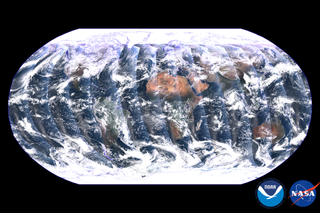
Earth looks stunning in this 1st full view from the NOAA-21 satellite (photos)
By JoAnna Wendel published
The Earth looks amazing in this first global view from NOAA's new NOAA-21 imaging satellite, which launched in November 2022.
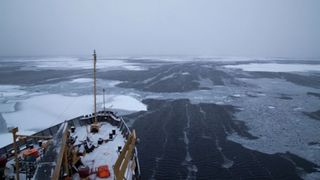
Surprising loss of sea ice after record-breaking Arctic storm is a mystery to scientists
By JoAnna Wendel published
Although models accurately predicted the evolution of the Arctic storm, scientists were surprised to see just how much sea ice thickness decreased in the storm's aftermath.
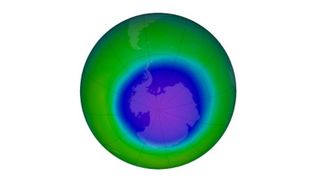
Hole in the ozone layer has grown for a 3rd year in a row — but scientists aren't concerned
By JoAnna Wendel published
The ozone hole is the largest it's been since 2015, but overall it's still decreasing.
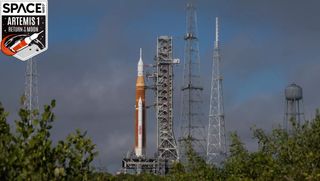
Moon vs. Mars: NASA's ultimate destination has varied over the decades
By JoAnna Wendel last updated
The moon and Mars have battled for precedence in NASA's exploration priorities.
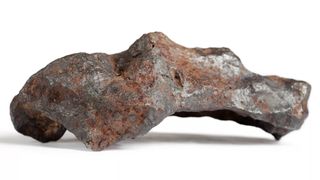
Strange, never-before-seen diamond crystal structure found inside 'Diablo canyon' meteorite
By JoAnna Wendel published
Graphene found interlocked with diamonds inside an ancient meteorite could be the key to superfast, supercharged tech.
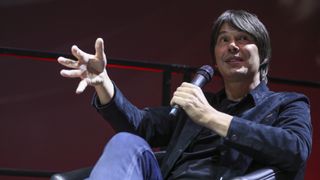
What is reality, really? Brian Cox's 'Horizons' tour probes the mysteries of the universe
By JoAnna Wendel published
Cox mixes dazzling visuals with mind-bending questions to illuminate how scientists are working to understand the universe.
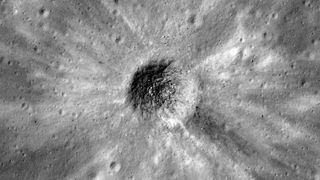
How many space rocks hit the moon every year?
By JoAnna Wendel published
Here's how many tiny and large space rocks hit the moon on a regular basis.
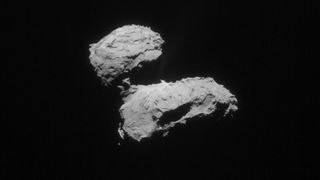
Why are asteroids and comets such weird shapes?
By JoAnna Wendel published
While planets and some moons are almost perfectly spherical, the smaller bits of the solar system, such as asteroids and comets, come in all different shapes. But why is that?
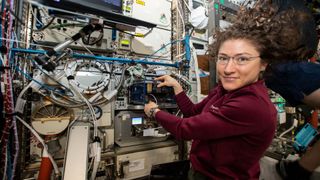
Christina Hammock Koch: Record-breaking NASA astronaut
By JoAnna Wendel published
Reference Christina Koch has broken many records and has been selected as part of Artemis 2's crew, where she'll become the first woman to be sent on a mission to the moon.
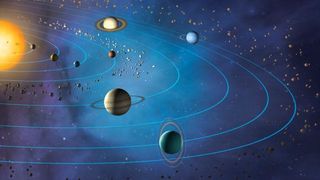
Why do the planets in the solar system orbit on the same plane?
By JoAnna Wendel published
About 4.5 billion years ago, the solar system was just a giant, spinning cloud of gas and dust. Today, it's flat. Here's how that happened.
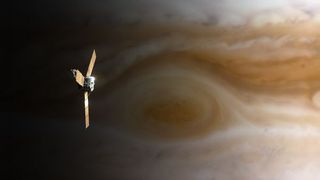
Could a spaceship fly through a gas giant like Jupiter?
By JoAnna Wendel published
These planets are mostly made of gas, but a spaceship would have a rough time trying to get through a giant planet like Jupiter or Saturn.
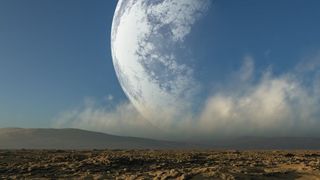
What would happen if the moon were twice as close to Earth?
By JoAnna Wendel published
Higher tides, bigger earthquakes, and more frequent volcanic eruptions would plague the planet.
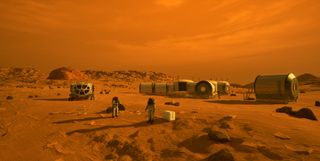
Private companies find role in developing nuclear power for space travel
By JoAnna Wendel published
The private sector wants to bring nuclear power to space to enable faster and more efficient space travel.
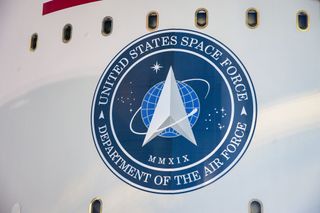
Not enough Americans understand the need for Space Force, a top commander says
By JoAnna Wendel published
Space Force vice commander Lt. Gen. David Thompson urges Americans to better understand the need to be prepared for military actions in space.
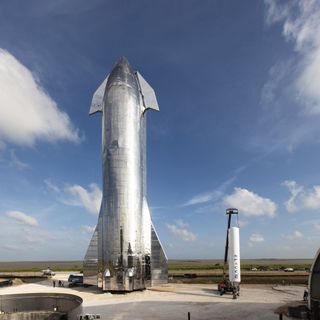
SpaceX CEO Elon Musk explains why we need a 'whole new architecture' for space travel
By JoAnna Wendel last updated
SpaceX CEO Elon Musk says humanity needs a "whole new architecture" to fly in space beyond low Earth orbit.
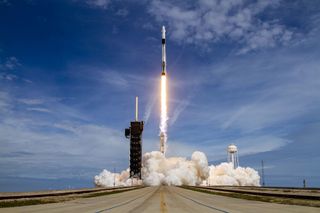
SpaceX optimistic about May crewed mission as launch industry leaders monitor coronavirus
By JoAnna Wendel published
Commercial launch leaders are optimistic that the industry will survive the current outbreak of coronavirus.
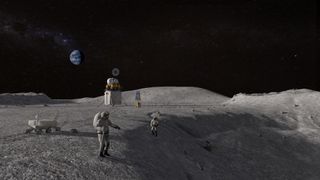
Private companies aim to help blaze a new trail to the moon
By JoAnna Wendel published
Private companies have plans to foster a new age of sustainable space travel. Their first stop? The moon.
Breaking space news, the latest updates on rocket launches, skywatching events and more!

